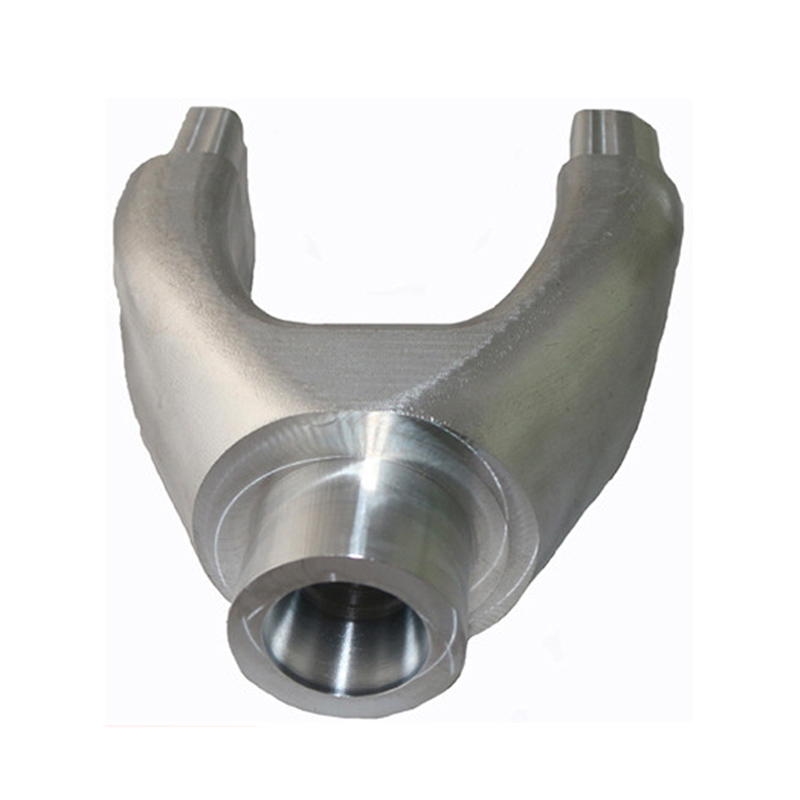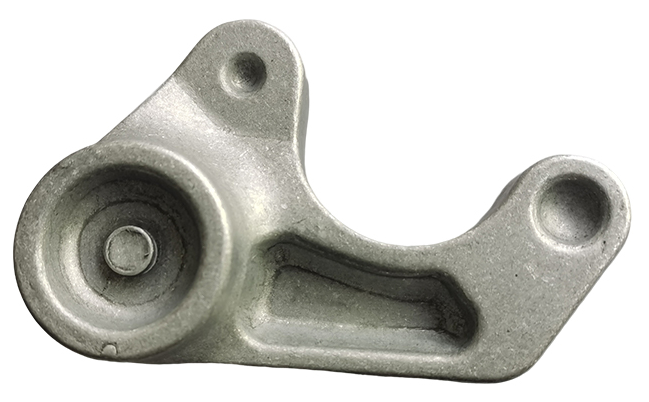
What is the Main Function of Forging Aluminum Alloy Parts
Forged parts are called forging dies when using molds. During the working process, the corresponding mold chamber of the forging mold is used for metal deformation to forming. Forging molds are divided into upper and lower forging molds, which are respectively installed on the hammer head and anvil seat. By utilizing the functions of dovetail and keyway, the forging die is prevented from falling off, loosening, and moving laterally. Key blocks and wedge-shaped iron are used to secure it in the dovetail grooves of the hammer head and anvil seat, preventing longitudinal movement of the forging die.
The deflection direction of the upper and lower forging parts of the hammer wedge is different. The small head of the key block is located in the keyway of the forging die dovetail, and the large head is located in the dovetail groove of the hammer head or die seat. The forging die is constantly subjected to impact forces during operation, and must be preheated to around 150-200 ℃ before forging to prevent stress caused by temperature differences from breaking through heavy impact. There are two types of forging dies: integral forging dies and insert forging dies. Most of the former. When individual parts of the mold slot (protruding parts of the mold slot) are prone to wear, the vulnerable parts can be turned into detachable inserts to form a local insert forging die. The assembly of embedded blocks generally adopts two methods: hot pressing and wedge iron fastening. The former is more suitable for local embedded block assembly.
In order to balance the force generated by the parting surface of the curved surface, a balance brake buckle is installed on the forging die to prevent misalignment of the die. There are various forms of forging die brake buckles (guide rails or pin buckles): circular, diagonal, quadrilateral, etc. A clamp is left at the end of the forging die groove near the operating direction for easy clamping of the blank, which is located in this space during operation. To facilitate the installation and adjustment of the forging die, inspection angles are formed on both sides of the forging die near the parting, with a height of 30-50mm and a depth of 5mm.
Attention should be paid to cooling and lubrication during forging. Common coolants include compressed air, salt saturated solution, sawdust, and a small amount of cold water. Common lubricants include salt water, sawdust, gun oil, molybdenum disulfide, etc.
Die forging is a type of workpiece that combines a mold and forging process. Due to the ability of forging to alter the internal structure of metal materials and improve their mechanical properties, die forgings are often used as components in various mechanical equipment. In the process of making forged parts, safety issues should be taken into account.









